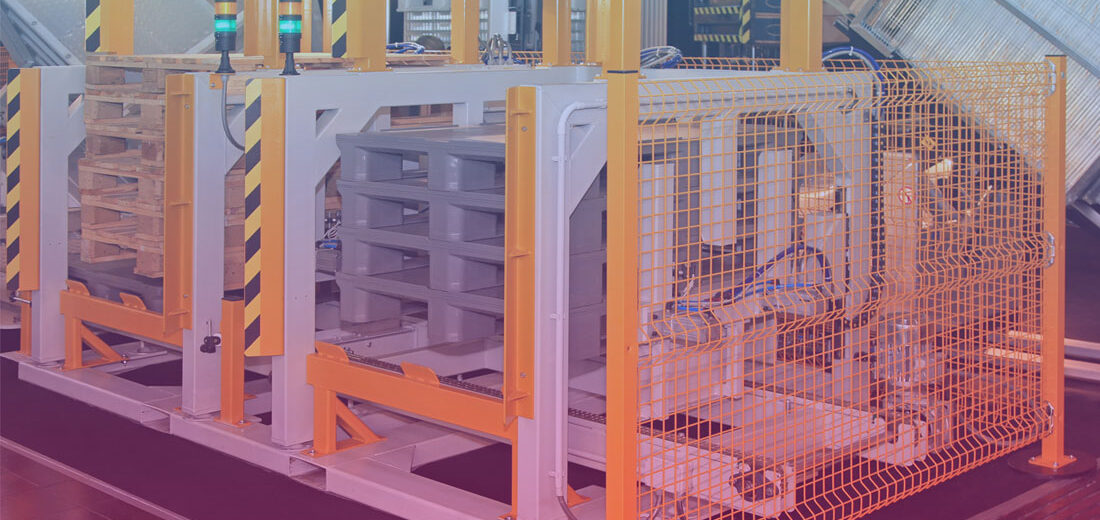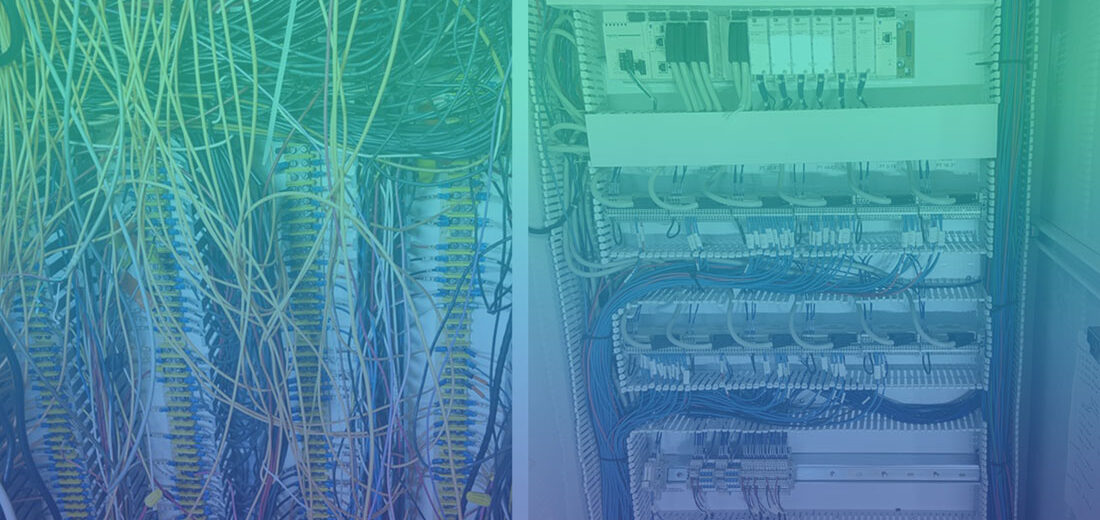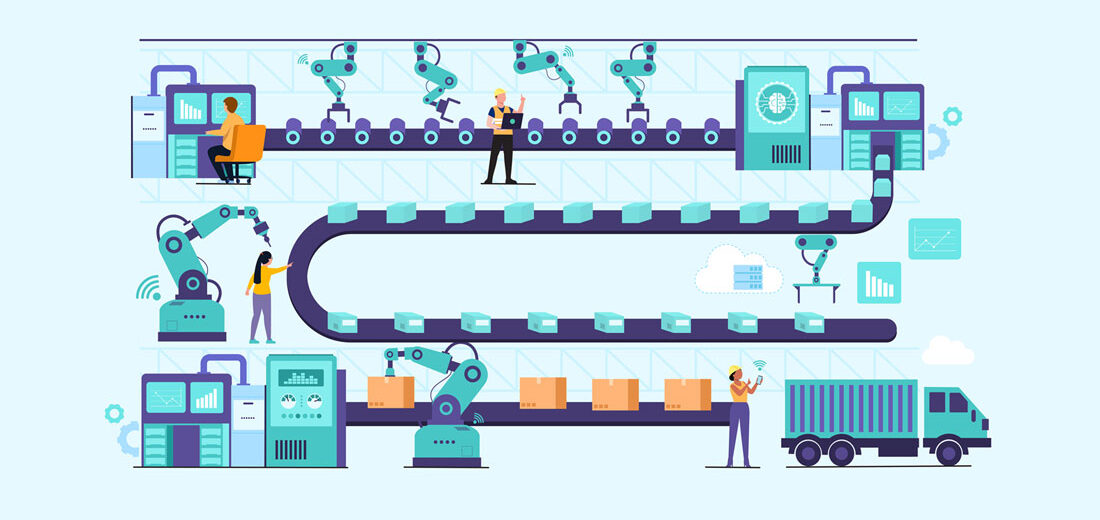
Do you know that old dusty thing tucked away in your plants’ warehouse that no one ever thinks about but is likely one of the most critical assets you own? The dreaded palletizing system – most don’t understand its unique complexity has an aura of “don’t disturb the sleeping giant”. As a result of the stigma it’s frequently been poorly maintained, never upgraded, and not afforded a good Preventative Maintenance program. All this neglect despite being one of the hardest running pieces of equipment in your plant. It handles all of your production 24/7/365, running all day, every day, no matter what you throw at it When things go wrong with the palletizer there are two possible solutions, shut down production or hand stack. Shutting down production is a doomsday scenario. Hand stacking is a significant challenge because of the lack of people to dedicate to the high task. It’s not a farfetched scenario but imagine what would happen if it breaks down and the repair requires a number of obsolete parts that you can’t find, support, or replace anymore, even on E-Bay. Replacing an entire palletizing system is a large undertaking both from a logistics, financial and time sink standpoint. However, like other equipment, it can be treated as a targeted risk based obsolescence upgrade that considers the relevant mechanical and electrical issues.
read more…













